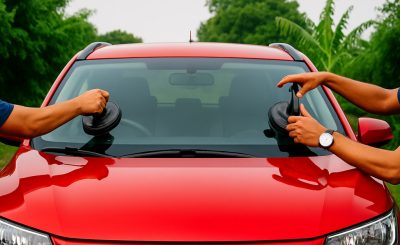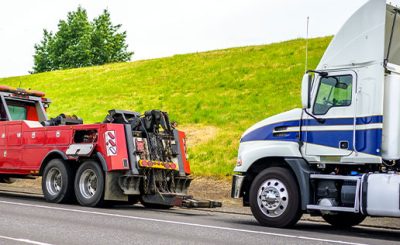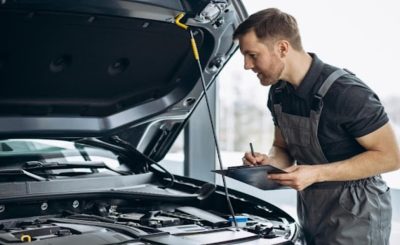Modern vehicles are increasingly equipped with Advanced Driver Assistance Systems (ADAS) that rely heavily on sensors embedded in the car bumper. These systems include features like automatic emergency braking, lane-keeping assist, adaptive cruise control, and parking assistance. The sensors involved—such as radar, ultrasonic, and cameras—are delicate and precisely calibrated components. Because these sensors are integrated into or near the bumper, any damage to this area requires specialized attention during repair to ensure the sensors continue functioning correctly.
Complexity Added to Bumper Repairs
Traditional bumper repairs focused mostly on cosmetic restoration and structural integrity. Today, however, the presence of sensors means repairs are more complex and technical. Certified technicians must carefully remove, inspect, and reinstall these sensitive components to avoid misalignment or damage. Failing to properly handle these sensors can result in malfunctioning safety systems, which not only compromise vehicle safety but can also lead to costly diagnostic and recalibration procedures. Therefore, modern bumper repair requires a combination of bodywork skills and electronic expertise.
Calibration and Realignment Requirements
After repairing or replacing a bumper equipped with sensors, recalibration is often mandatory. Sensors need precise positioning to provide accurate readings for ADAS functions. Even a slight misalignment can cause errors such as false warnings, system deactivation, or reduced effectiveness. Calibration usually involves specialized diagnostic tools that communicate with the vehicle’s onboard computer. This step is crucial to restoring full functionality of features like parking assistance and collision avoidance, making the repair process longer and more detailed than in the past. Choosing the Auto Repair in Sunrise, FL based service would be a nice choice for addressing all these matters.
Impact on Repair Costs and Time
Bumper repairs on vehicles equipped with sensors are generally more costly and time-intensive compared to older, non-sensor models due to their increased complexity. Modern repair shops require specialized, highly trained technicians capable of handling advanced diagnostic procedures, as well as the delicate removal and precise recalibration of these sensors. Specialized equipment is also necessary to ensure proper functionality. Furthermore, certain components, such as sensitive radar modules integrated into the bumper, can be quite expensive to replace if damaged during a collision. Vehicle owners should understand that repairing a bumper on a technologically advanced car often extends beyond simple bodywork. This necessitates factoring in potential increases to both the overall repair budget and the estimated completion timeline.
Importance of Choosing Certified Repair Centres
Given the intricacies involved, it’s essential to entrust bumper repairs to certified professionals experienced with ADAS technology. Authorized repair centers have the expertise and equipment to handle sensor-equipped bumpers properly, ensuring the vehicle’s safety systems remain fully operational. DIY fixes or unqualified repair shops may overlook sensor calibration, putting drivers at risk. Choosing certified technicians protects your investment and helps maintain the advanced safety features that modern cars provide.
Conclusion
In conclusion, modern sensors have transformed car bumper repairs into a more technical process requiring specialized knowledge and tools. Proper handling, calibration, and alignment of ADAS sensors during bumper repairs are vital to preserving vehicle safety and performance in today’s high-tech automobiles.








